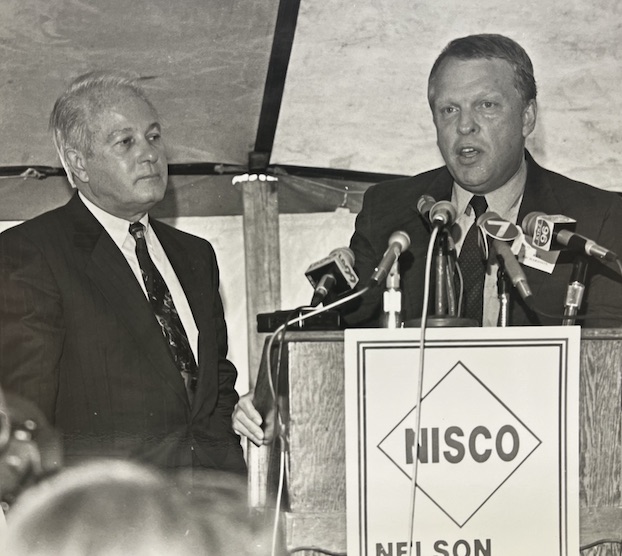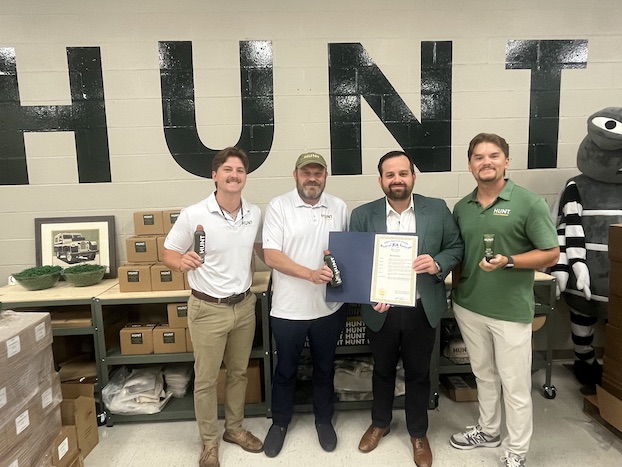The Informer: Power-hungry group creates their own energy source
Published 9:38 am Saturday, August 2, 2025

- Then-Gov. Edwin Edwards and NISCO Project Manager Ken Richardson dedicate the plant on Sept. 11, 1992. (American Press Archives)
During the mid-1980s, the unpredictability of electric power rates led two refiners and a chemical producer to consider installing their own power-generating facilities. The outcome was the joint development of a cogenerating plant in Westlake that would reduce energy costs and emissions by burning petroleum coke in a state-of-the-art circulating steam generator.
The Nelson Industrial Steam Company — a joint venture of Conoco, Vista Chemical, Gulf States Utilities and Citgo Petroleum — was dedicated on Sept. 11, 1992, on Houston River Road.
Two existing generating units at GSU’s Roy S. Nelson station were sold for the project.
Trending
The $200 million power plant — initially operated by GSU — generates electricity and steam using two circulating fluidized bed boilers that primarily burn petroleum coke, with natural gas as a backup fuel.
In the beginning, Citgo and Conoco supplied about 1,800 tons of petroleum coke per day for the process which in turn generated 200 megawatts of electricity.
Limestone is added during the process to reduce sulfur dioxide emissions. The limestone chemically reacts with sulfur to make ash, which NISCO then sells for varying commercial purposes, including roads and construction projects.
Then-Gov. Edwin Edwards, who attended the plant’s dedication, said the project was proof industry and environmental regulators could work together to meet energy needs and also provide local jobs.
“As governor, I’m very proud that we are once again on the cutting edge of technology,” Edwards told the American Press for its Sept. 12, 1992, edition. “It’s the kind of thing that sets us apart from other states in this country.”
NISCO Project Manager Ken Richardson said the technology used meets environmental standards plus anticipated quality standards by removing sulfur emissions.
Trending
Through the years, industries have changed hands and names. Today the plant is operated through a partnership between Citgo, Sasol and ConocoPhillips with Entergy operating the facility while also owning a 1% share.





